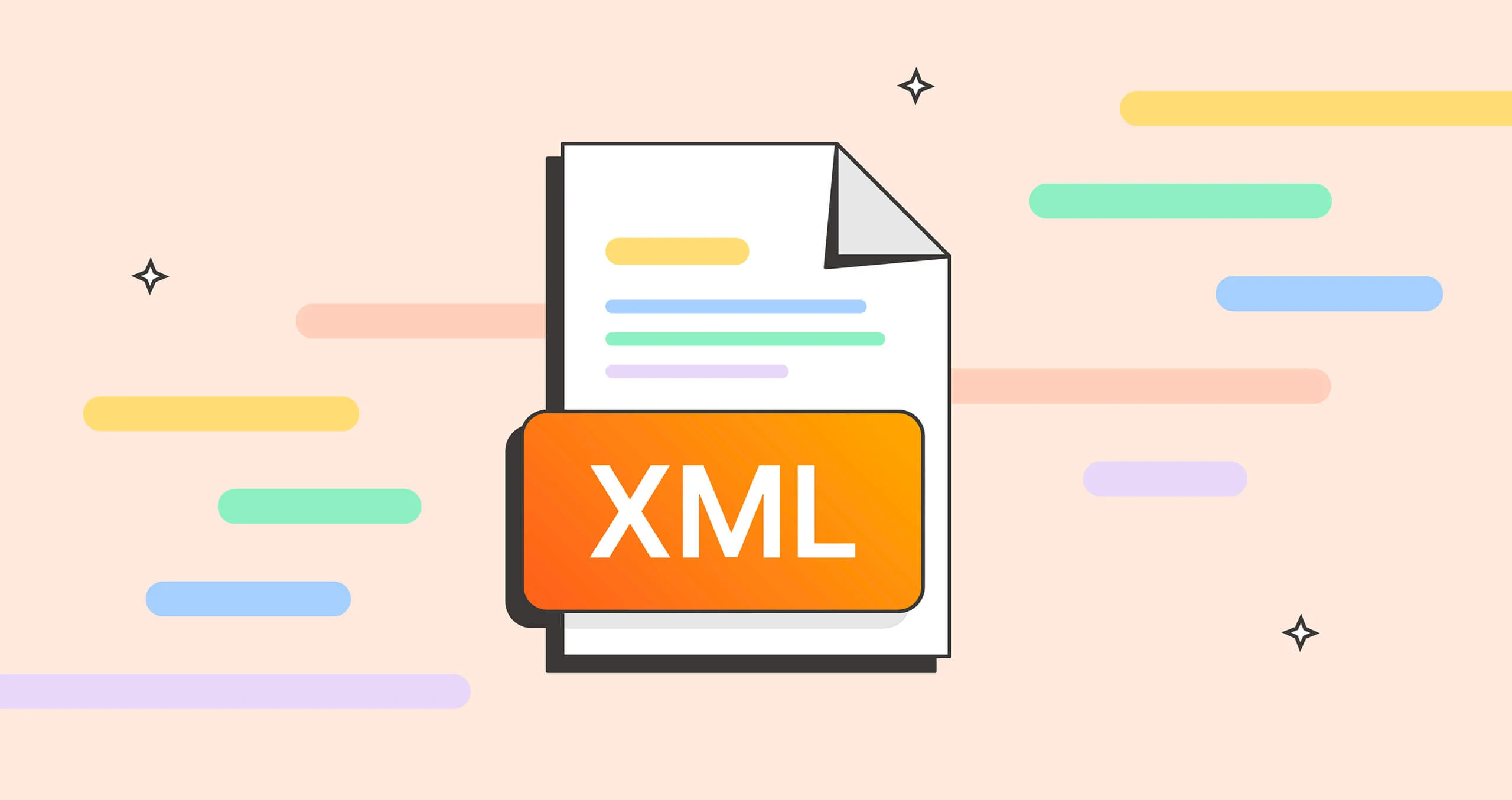To sign an XML document in C#, use the SignedXml class in .NET to apply a digital signature that can secure the entire document, specific elements, or external resources by embedding a

Signing an XML document in C# using .NET is a common requirement when working with secure data exchange, such as in SAML assertions, web services, or digital contracts. The .NET Framework and .NET (Core/5 ) provide robust support for XML digital signatures via the SignedXml class.

Here’s how to sign an XML document using C# and .NET.
? 1. Understanding XML Digital Signatures
An XML signature can:

- Sign the entire document
- Sign specific elements
- Include references to external resources
The signature is embedded within the XML itself, typically in a <signature></signature> element.
? 2. Generate or Use a Signing Key
You need a cryptographic key to sign the XML. This is usually an RSA or DSA key. In production, use a certificate from a trusted authority. For testing, you can generate a key pair.
// Example: Generate a new RSA key (for demo) using var rsa = RSA.Create();
In production, load a private key from a certificate:
X509Certificate2 cert = new X509Certificate2("path/to/your.pfx", "password");
RSA privateKey = cert.GetRSAPrivateKey();? 3. Sign the XML Document
Here’s a complete example that:
- Creates an XML document
- Signs it with RSA-SHA256
- Embeds the public key (so the recipient can verify)
using System;
using System.Security.Cryptography;
using System.Security.Cryptography.X509Certificates;
using System.Security.Cryptography.Xml;
using System.Xml;
public static string SignXmlDocument(XmlDocument xmlDoc, RSA signingKey, X509Certificate2? cert = null)
{
// Create a SignedXml object
SignedXml signedXml = new SignedXml(xmlDoc)
{
SigningKey = signingKey
};
// Create a reference to the entire document
Reference reference = new Reference
{
Uri = "" // Empty URI means the whole document
};
// Add the reference
signedXml.AddReference(reference);
// Set the signing algorithm
signedXml.SignedInfo.SignatureMethod = "http://www.w3.org/2001/04/xmldsig-more#rsa-sha256";
// Compute the signature
signedXml.ComputeSignature();
// Get the XML representation of the signature
XmlElement xmlDigitalSignature = signedXml.GetXml();
// Append the signature to the document
xmlDoc.DocumentElement?.AppendChild(xmlDoc.ImportNode(xmlDigitalSignature, true));
// Optional: Include KeyInfo with public key or certificate
if (cert != null)
{
KeyInfo keyInfo = new KeyInfo();
keyInfo.AddClause(new KeyInfoX509Data(cert));
signedXml.KeyInfo = keyInfo;
// Update signature with KeyInfo
xmlDoc.DocumentElement?.ReplaceChild(xmlDoc.ImportNode(signedXml.GetXml(), true), xmlDigitalSignature);
}
return xmlDoc.OuterXml;
}? 4. Usage Example
// Create a sample XML document
XmlDocument doc = new XmlDocument();
doc.LoadXml("<Data>Hello, World!</Data>");
// Generate or load key
using RSA rsa = RSA.Create();
// Or: var cert = new X509Certificate2("cert.pfx", "pass"); rsa = cert.GetRSAPrivateKey();
// Sign the document
string signedXml = SignXmlDocument(doc, rsa, null); // Pass cert if you want to embed it
Console.WriteLine(signedXml);? 5. Important Notes
- Always use secure key storage in production (e.g., Windows Certificate Store, Azure Key Vault).
- You can sign specific elements by setting
Urito an ID (e.g.,"#MyElement"), but the target element must have anIdattribute. - Make sure the XML document uses
Idas anXmlIdattribute (viaXmlAttribute.IdAttributeor schema). - For interoperability, use standard algorithms like
rsa-sha256. - SignedXml in .NET does not support all XML Signature transforms by default — test carefully.
? 6. Verifying the Signature
To verify:
public static bool VerifyXmlDocument(XmlDocument xmlDoc, RSA publicKey)
{
SignedXml signedXml = new SignedXml(xmlDoc);
// Find the <Signature> node
XmlNode? signatureNode = xmlDoc.GetElementsByTagName("Signature").Item(0);
if (signatureNode == null) return false;
signedXml.LoadXml((XmlElement)signatureNode);
return signedXml.CheckSignature(publicKey);
}Basically, that's how you sign XML in C#. It's not overly complex, but easy to get wrong if you skip details like algorithm names or proper key handling.
The above is the detailed content of How to sign an XML document using C# and .NET. For more information, please follow other related articles on the PHP Chinese website!

Hot AI Tools

Undress AI Tool
Undress images for free

Undresser.AI Undress
AI-powered app for creating realistic nude photos

AI Clothes Remover
Online AI tool for removing clothes from photos.

ArtGPT
AI image generator for creative art from text prompts.

Stock Market GPT
AI powered investment research for smarter decisions

Hot Article

Hot Tools

Notepad++7.3.1
Easy-to-use and free code editor

SublimeText3 Chinese version
Chinese version, very easy to use

Zend Studio 13.0.1
Powerful PHP integrated development environment

Dreamweaver CS6
Visual web development tools

SublimeText3 Mac version
God-level code editing software (SublimeText3)
 Understanding the pom.xml File in Maven
Sep 21, 2025 am 06:00 AM
Understanding the pom.xml File in Maven
Sep 21, 2025 am 06:00 AM
pom.xml is the core configuration file of the Maven project, which defines the project's construction method, dependencies and packaging and deployment behavior. 1. Project coordinates (groupId, artifactId, version) uniquely identify the project; 2. Dependencies declare project dependencies, and Maven automatically downloads; 3. Properties define reusable variables; 4. build configure the compilation plug-in and source code directory; 5. parentPOM implements configuration inheritance; 6. dependencyManagement unified management of dependency version. Maven can improve project stability by parsing pom.xml for execution of the construction life cycle.
 Building a Simple RSS Feed Aggregator with Node.js
Sep 20, 2025 am 05:47 AM
Building a Simple RSS Feed Aggregator with Node.js
Sep 20, 2025 am 05:47 AM
To build an RSS aggregator, you need to use Node.js to combine axios and rss-parser packages to grab and parse multiple RSS sources. First, initialize the project and install the dependencies, and then define a URL list containing HackerNews, TechCrunch and other sources in aggregator.js. Concurrently obtain and process data from each source through Promise.all, extract the title, link, release time and source, and arrange it in reverse order of time after merge. Then you can output the console or create a server in Express to return the results in JSON format. Finally, you can add a cache mechanism to avoid frequent requests and improve performance, thereby achieving an efficient and extensible RSS aggregation system.
 XML Transformation with XSLT 3.0: What's New?
Sep 19, 2025 am 02:40 AM
XML Transformation with XSLT 3.0: What's New?
Sep 19, 2025 am 02:40 AM
XSLT3.0introducesmajoradvancementsthatmodernizeXMLandJSONprocessingthroughsevenkeyfeatures:1.Streamingwithxsl:modestreamable="yes"enableslow-memory,forward-onlyprocessingoflargeXMLfileslikelogsorfinancialdata;2.Packagesviaxsl:packagesupport
 How to Efficiently Stream and Parse Gigabyte-Sized XML Files
Sep 18, 2025 am 04:01 AM
How to Efficiently Stream and Parse Gigabyte-Sized XML Files
Sep 18, 2025 am 04:01 AM
To efficiently parse GB-level XML files, streaming parsing must be used to avoid memory overflow. 1. Use streaming parsers such as Python's xml.etree.iterparse or lxml to process events and call elem.clear() in time to release memory; 2. Only process target tag elements, filter irrelevant data through tag names or namespaces, and reduce processing volume; 3. Support streaming reading from disk or network, combining requests and BytesIO or directly using lxml iterative file objects to achieve download and parsing; 4. Optimize performance, clear parent node references, avoid storing processed elements, extract only necessary fields, and can be combined with generators or asynchronous processing to improve efficiency; 5. Pre-pre-pre-pre-pre-pre-size files can be considered for super-large files;
 How to Scrape Website Data and Create an RSS Feed from It
Sep 19, 2025 am 02:16 AM
How to Scrape Website Data and Create an RSS Feed from It
Sep 19, 2025 am 02:16 AM
Checklegalconsiderationsbyreviewingrobots.txtandTermsofService,avoidserveroverload,andusedataresponsibly.2.UsetoolslikePython’srequests,BeautifulSoup,andfeedgentofetch,parse,andgenerateRSSfeeds.3.ScrapearticledatabyidentifyingHTMLelementswithDevTools
 Optimizing XML Processing Performance
Sep 17, 2025 am 02:52 AM
Optimizing XML Processing Performance
Sep 17, 2025 am 02:52 AM
UseStAXforlargefilesduetoitslowmemoryfootprintandbettercontrol;avoidDOMforlargeXML;2.ProcessXMLincrementallywithSAXorStAXtoavoidloadingentiredocuments;3.AlwaysuseBufferedInputStreamtoreduceI/Ooverhead;4.Disableschemavalidationinproductionunlessnecess
 How to Parse XML Files in Python with ElementTree
Sep 17, 2025 am 04:12 AM
How to Parse XML Files in Python with ElementTree
Sep 17, 2025 am 04:12 AM
Use ElementTree to easily parse XML files: 1. Use ET.parse() to read the file or ET.fromstring() to parse the string; 2. Use .find() to get the first matching child element, .findall() to get all matching elements, and obtain attributes and .text to get text content; 3. Use find() to deal with missing tags and determine whether it exists or use findtext() to set the default value; 4. Support basic XPath syntax such as './/title' or './/book[@id="1"]' for in-depth search; 5. Use ET.SubElement()
 Consuming and Displaying an RSS Feed in a React Application
Sep 23, 2025 am 04:08 AM
Consuming and Displaying an RSS Feed in a React Application
Sep 23, 2025 am 04:08 AM
To add RSSfeed to React applications, you need to resolve CORS restrictions and parse XML data through a server-side proxy. The specific steps are as follows: 1. Use CORS agent (development stage) or create server functions (production environment) to obtain RSSfeed; 2. Use DOMParser to convert XML into JavaScript objects; 3. Request this interface in the React component to obtain parsed JSON data; 4. Render the data to display the title, link, date and description, and safely process the HTML content; 5. It is recommended to add load status, error handling, entry restrictions and server-side cache to optimize the experience. The ultimate implementation integrates external content without a third-party API.




